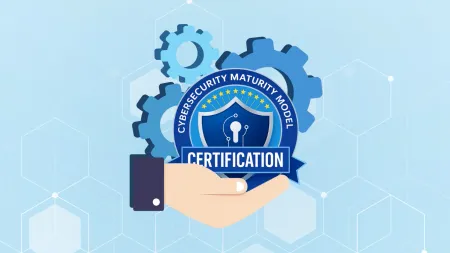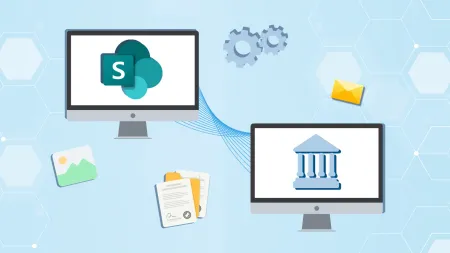Exchange Online Central PST Discovery Import and Upload
Microsoft Exchange PST Capture allows you to search for PST files on computers in your organization and then import those files to mailboxes in your o...

Microsoft Exchange PST Capture allows you to search for PST files on computers in your organization and then import those files to mailboxes in your organization. PST Capture works with both on-premises Exchange servers and Exchange Online.
This topic provides an overview of PST Capture. For details about how to install PST Capture, see Install PST Capture.
 PST Capture Architecture PST Capture is comprised of the following components:
PST Capture Architecture PST Capture is comprised of the following components:
- PST Capture Central Service At the heart of PST Capture is the PST Capture Central Service. The Central Service maintains the list of all PST files found in your organization and manages the data as it’s moved to the Exchange servers or Exchange Online.
- PST Capture Agent Discovery of the PST files is performed by PST Capture agents that are installed on computers in your organization. The agents also send the PST files they find to the host computer when an import operation is started on the PST Capture Console.
- PST Capture Console The PST Capture Console is the interface you use to configure PST searches, specify the target mailboxes for PST files, and track the status of PST import operations and reports. You can also use the console to import PST files stored on network attached storage (NAS) devices, on which you can’t install PST agents.
For optimal operation, you should install the PST Capture Central Service and the PST Capture Console on a dedicated computer, known as the PST Capture host computer.
Communication between the PST Capture Central Service and the PST Capture agents is achieved through a polling mechanism. Each minute, all PST Capture agents poll the Central Service for configuration updates and any pending tasks by default. If necessary, you can change this polling frequency (for details, see Configure PST Capture Settings). When a PST Capture agent contacts the Central Service, it receives any pending actions, such as a PST search or import operation. The PST Capture Agent then sends status updates from previous actions to the Central Service.
 PST Search and PST Import Operations
PST Search and PST Import Operations
When you configure and run a PST search from the PST Capture Console, a new PST search action is queued for the PST agents that are installed on the computers included in the search. These agents scan the local computers on which they are installed for PST files and then return the list of PST files that were located to the Central Service. For detailed steps about how to perform a PST search, see Search for PSTs Using PST Capture.
When you configure and run an import operation, a new import action is queued for the PST agents that are installed on the computers where the PST files reside. These agents transmit the PST files to the Central Service. The Central Service then logs on to the destination mailboxes and imports the data. For detailed steps about how to import PSTs, see Import PSTs using PST Capture.
Read the rest @> https://technet.microsoft.com/en-us/library/hh781036.aspx Download @> https://answers.microsoft.com/en-us/windows/forum/all/what-is-gomicrosoftcomfwlinklinkid-212733/99104b86-227c-4222-a74d-fe1656f89ed2





